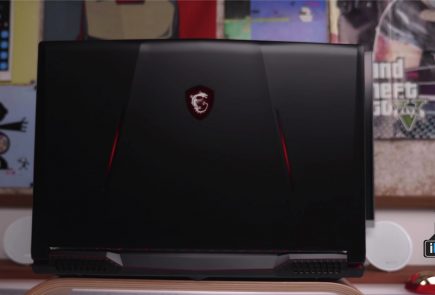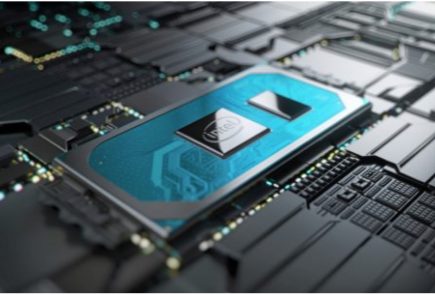IBM Breaks The Record – Stores 330TB Data Into A Tiny Tape

IBM Research Scientists created a new world record in tape storage. Their latest invention can capture 330 terabytes of uncompressed data (equivalent to 330 million books) into a single tape cartridge that can fit into the palm of your hand.
The new record of 201 gigabits per square inch in areal density was achieved on a prototype sputtered magnetic tape developed in collaboration with Sony Storage Media Solutions.

The tape holds 330 terabytes per square inch, beating the earlier record of 220 terabytes of uncompressed data per square inch. The prototype tape is more than 20 times the areal density currently used in commercial tape drives. (Areal recording density is the amount of information that can be stored on a given area of surface.) Since IBM’s first tape unit which could hold upto 2 megabytes of data, this invention is a huge step forward into the future of tape storage. Invented over 60 years ago, storage tapes are typically used by businesses to archive huge amounts of data like tax documents, health care records, etc.
Evangelos Eleftheriou from IBM said
Tape has traditionally been used for video archives, back-up files, replicas for disaster recovery and retention of information on premise, but the industry is also expanding to off-premise applications in the cloud, and While sputtered tape is expected to cost a little more to manufacture than current commercial tape, the potential for very high capacity will make the cost per terabyte very attractive, making this technology practical for cold storage in the cloud.”
Analysts predict that by 2020, global data storage will amount to 40 trillion gigabytes – around 5,200 gigabytes per person. According to experts, using tape is a cheaper and more energy efficient way of storing data in comparison to power-consuming, bulky data centres full of drives.
It wasn’t an easy task creating a tape that could hold 201 gigabits per square inch, as IBM researchers had to develop several new technologies. Working in collaboration with Sony, IBM was able to develop this tech, particularly on enabling increased areal recording densities.
However, retrieving data from tape is a far slower process. In a storage tape, data can only be accessed in the order in which it was written, in other word – sequential access. But IBM and Sony are apparently working on speeding up the data retrieval process.























